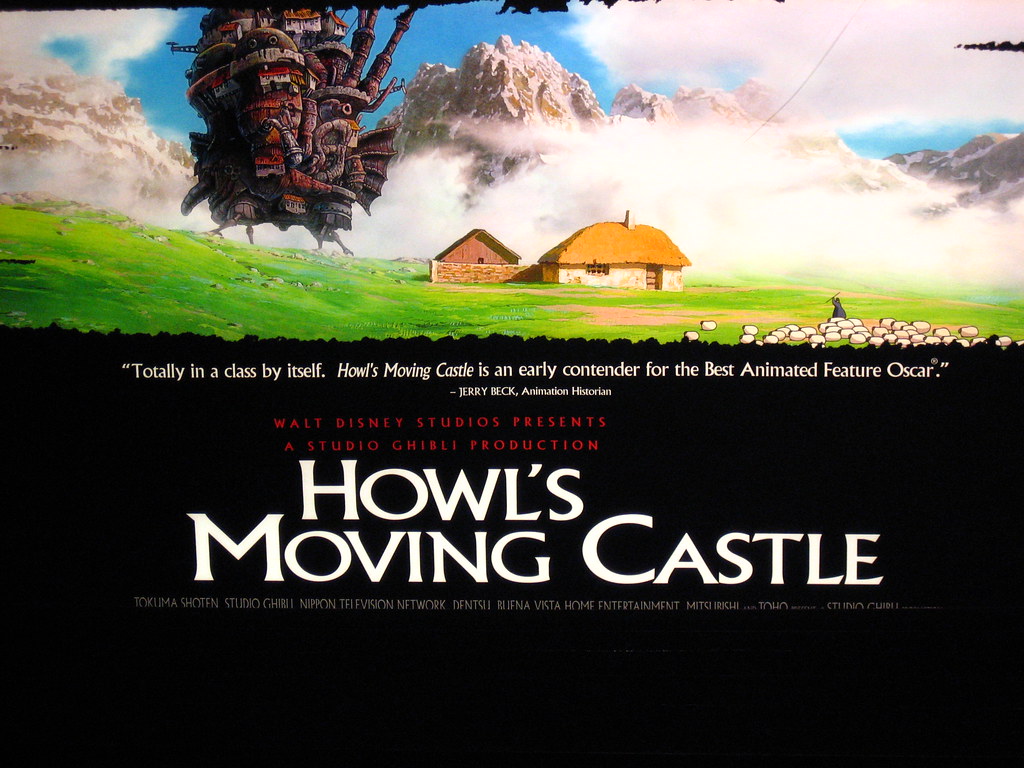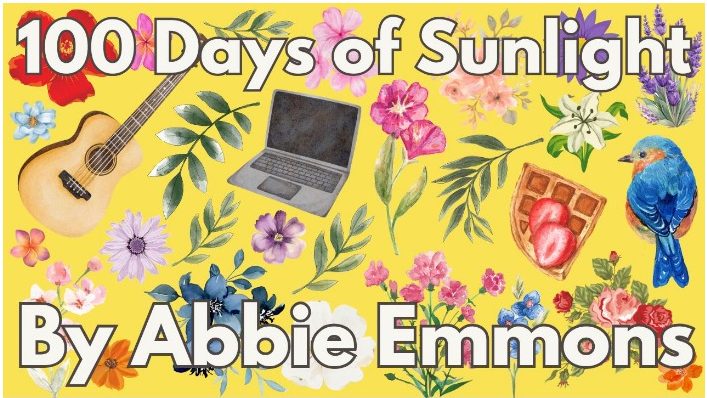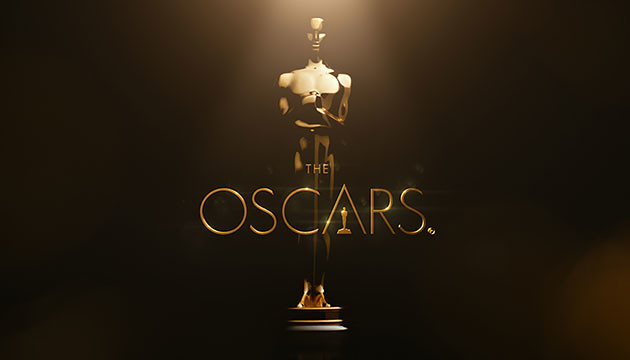“One thing you can always count on is that hearts change” – Prince Justin, “Howl’s Moving Castle”
Studio Ghibli’s “Howl’s Moving Castle” is an enchanting animated film about finding love and confidence along a journey of self-discovery. Based on a novel of the same name, this story takes audiences on a whimsical journey through a world brimming with creativity and wonder. Directed by the legendary Hayao Miyazaki, the film first premiered in 2004 and has received significant acclaim from audiences and critics alike, including a nomination at the 78th Academy Awards for Best Animated Feature.
The narrative unfolds the unfortunate turn of events for Sophie Hatter as she is subjected to a remarkable transformation. The catalyst behind this extraordinary change is the envious Witch of the Waste, who, driven by jealousy, casts a spell on Sophie, causing her youthful visage to be replaced by that of a 90-year-old woman. The bewitching incident occurs shortly after the enigmatic and formidable wizard, Howl Pendragon, becomes interested in Sophie, setting off a chain of events that will shape their intertwined destinies. In her relentless pursuit of a remedy for her affliction, she crossed paths once again with the enigmatic Howl and his renowned Moving Castle, a fortuitous encounter that compels her to assume the role of their diligent housekeeper. In a captivating narrative, Sophie and Howl find themselves embarking on an extraordinary journey of various thrilling adventures.
Overall, “Howl’s Moving Castle” is a beautiful movie that blends fantasy and romance with the signature Ghibli charm, exploring deeper themes of personal growth, compassion and the consequences of war. Sophie’s curse is only broken when she finally learns to value herself and her abilities, using this newfound confidence to forge her path. She also finds her power in being unapologetically kind to everyone around her, regardless of their history and past actions; despite everything, she finds it in herself to persevere and to care. Howl also has a significant character arc across the story, transforming from a vain and aloof wizard to someone benevolent and willing to use his powers for good. Only when these protagonists learn to accept themselves and show each other kindness is their perspective cured and finally broken, allowing them to live their lives to the fullest. The story also takes on a very anti-war stance; by purposefully obscuring the backstory and nations involved in the war, the film emphasizes how mindless and unnecessary the violence is. These unabashed empathy and self-acceptance messages hold even currently, 20 years later.
As with practically every film from Studio Ghibli, the visuals in “Howl’s Moving Castle” are stunning and meaningful. The hand-drawn landscapes are gorgeous, highlighting the beauty of natural scenery and forms. Additionally, the animation also serves to reveal some of the film’s themes further; for example, the planes used to wage war are portrayed as hypermodern and hyper-destructive, while the moving castle seems far more organic. These beautiful visuals are accompanied by Joe Hisaishi’s moving score, which perfectly complements the story’s emotional highs.
While “Howl’s Moving Castle” is undoubtedly a masterpiece, there are some points where the plot can seem confusing or vague. The magic system is left unexplained. This sometimes makes the story nonsensical, which adds to the film’s fanciful nature. The movie also trends towards being almost dreamlike, with sharp transitions between scenes that may make the story somewhat hard to decipher. Despite these minor faults, the heartwarming charm at the core of the story is truly what defines this film.
All in all, “Howl’s Moving Castle” is a captivating cinematic experience that uses all the stylistic components that make Ghibli movies so amazing. With memorable characters, breathtaking animation and critical philosophical lessons, the film is a testament to Hayao Miyazaki’s storytelling prowess and the insightful morals of every movie that Studio Ghibli releases.










